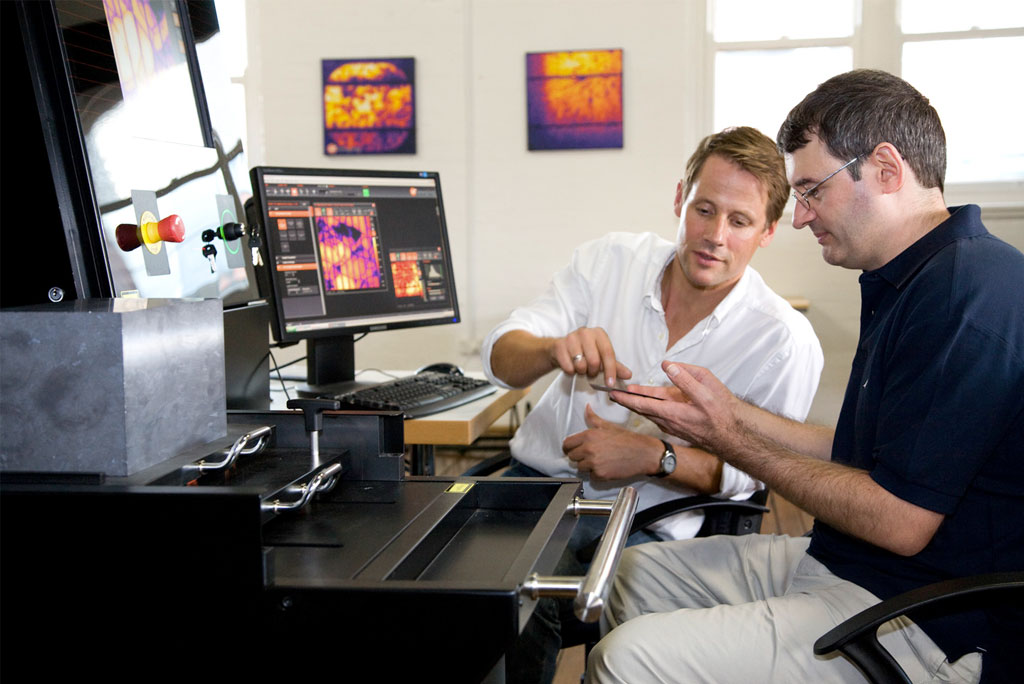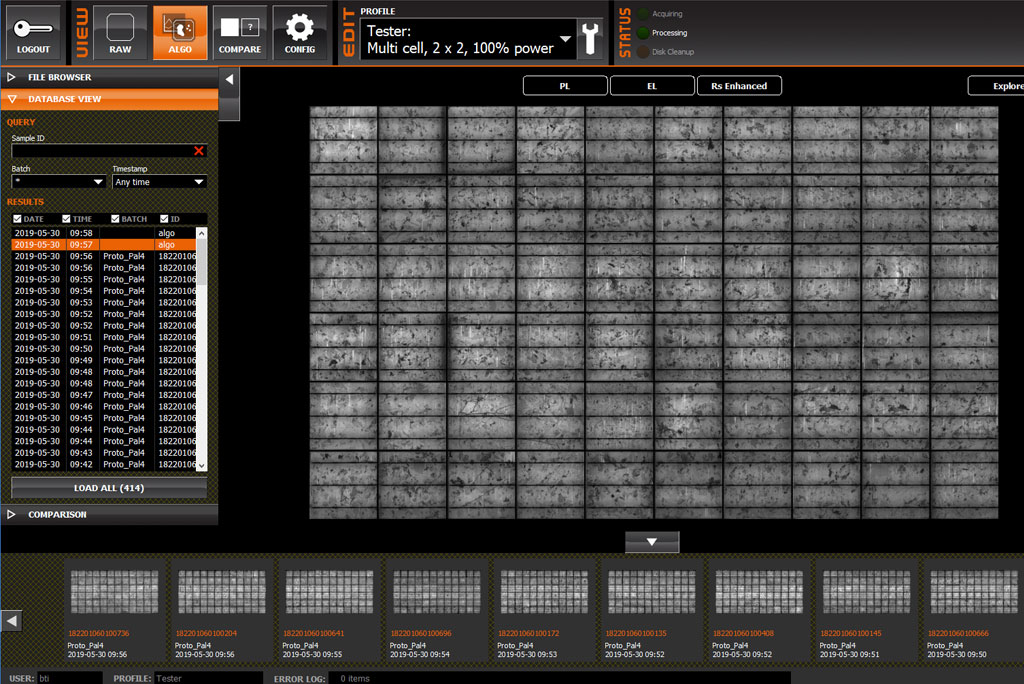Summary
This project aims to take BT Imaging’s LIS-M1 solar module inspection technology from a prototype to a large-scale trial, with prospects for commercial deployment.
Need
There is currently a need for commercial technology that can detect defects in solar modules prior to installation.
The LIS-M1 combines electroluminescence (EL) imaging, a widely used technology, with proprietary photoluminescence (PL) imaging, which involves passing a light source across a solar module. Combining these two imaging methods and overlaying the results allows much more detailed information to be gained about the nature and distribution of defects and device imperfections, automating the analysis process.
The LIS-M1 technology is intended to be used in R&D laboratories, in module manufacturing facilities, distribution centres and at large solar installation sites.
Learn more
Action
The project will involve the deployment of three LIS-M1 systems at various project partners sites, including:
- 5B in Sydney, where the unit will be used for incoming quality control, forming the basis for analysis of a large quantity of module images,
- PV Evolution Labs in the US, where a number of modules will be scanned before and after stringent accelerated aging tests. This will produce data to understand the key defects responsible for module degradation and how it is manifested in luminescence images,
- pre-scanning modules that will subsequently be integrated at a commercial solar photovoltaic (PV) site (or sites) that is being developed by the Octopus Group. PV modules will be scanned using the LIS-M1 unit, then installed with power monitoring attached.
Outcome
The project’s main outcome is to gain an improved understanding of a commercial LIS-M1 tool that enables the qualitative and even quantitative prediction of module performance degradation, which has substantial commercial value for the PV industry. The successful deployment of the tool will improve the performance of large-scale PV installations and thereby ultimately reduce costs and improve reliability and bankability of PV power.





